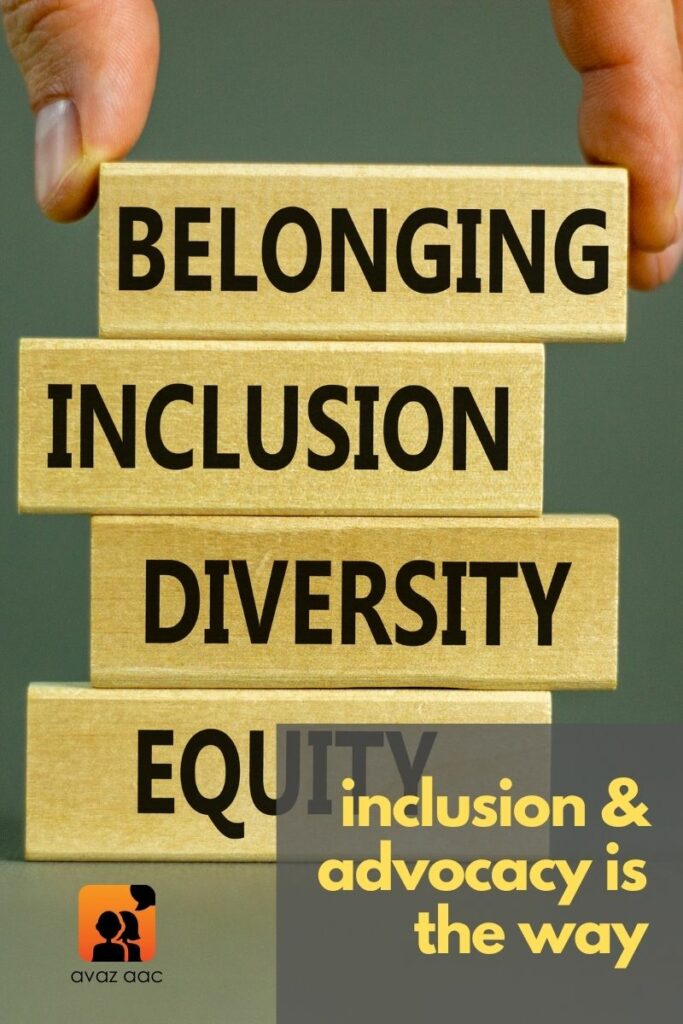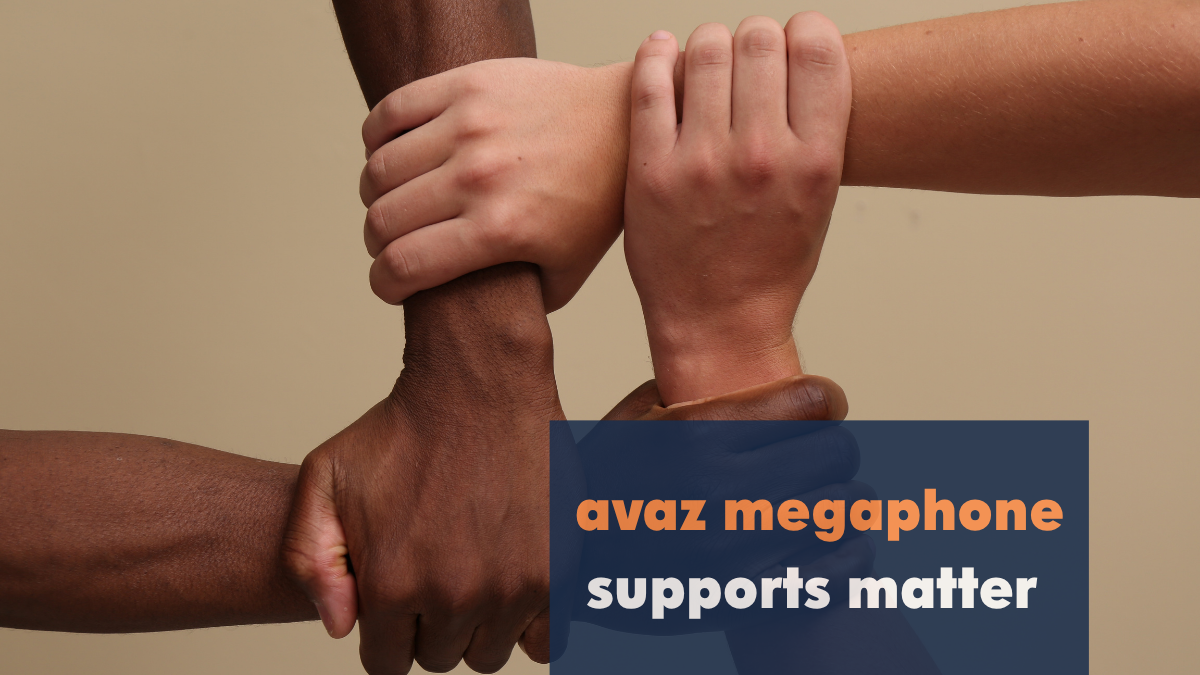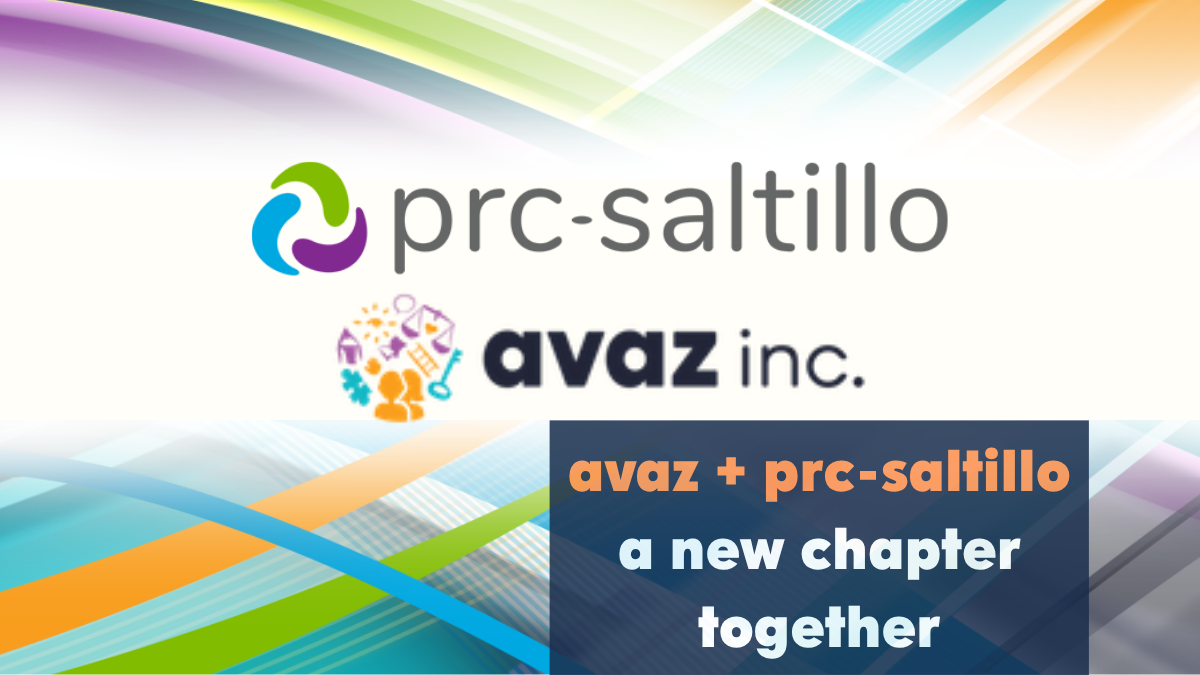How can autism acceptance become a reality? In this guest post, Namrata Pai reflects on how the journey towards acceptance is possible only through autism advocacy and inclusion.
A Short History of Autism Awareness
It has been 14 years (2008) since the formal inception of the Autism Awareness Day. With greater understanding and conversation, the symbolism has moved from puzzle pieces (complexity) to a butterfly (signifies change). So have the colors – from blue for calmness to rainbow to denote the spectrum and neurodiversity. With the advent of social media, the vacuum of awareness that existed 15 years ago has been filled with a wealth of information.
This alone is not sufficient for progress and acceptance. Autistics & their families need a glimpse of their futures. They need validation from professionals and society around their children being accepted without judgement and stigma. Shame and Guilt are emotions which are common in families. It is a shared responsibility between the professionals, educators and families to accept Neurodiversity. All of us are wired to understand and respond differently but not lesser or inferior in comparison.


Our Collective Direction : Some Suggestions
We interventionists need to move beyond the characteristics of Autism and identity first language. A more holistic direction would involve implementation of models for families that incorporate emotional regulation and supports. Anxiety, Burnout and Fatigue are common in Autism Adults. Hence it is important to create tools within early intervention itself. Here the autistic individual and their family is given time, space and activities for creating Responsive, Accepting attachments/ bonds.
Judgements on stimming behaviors (E.g. Spinning is a problem) and forced masking of Sensory issues (Expecting Autistic child should be sitting for 2 hours in the classroom without providing them tools to relax and take a break) will only lead to irreversible damage and trauma. I say this from my knowledge and experience of observing and listening to Autistic adults who communicate their understandings of the past through blogs and articles. Some can talk while some are non-speaking but have devices for communication through the visual mode. As professionals, we need to value these thoughts and feelings and keep them in mind while interacting with families as we are their window to access the right knowledge and guidance.
Information over the web is very expansive. In many cases, credibility and connection with reality is different and unsatisfactory. Every individual is unique and hence the acceptance and responsiveness of the family’s needs to be guided through a Child specific perspective. We should be wary of fitting everyone into ill-informed Autism stereotypes.
Towards Inclusion
School inclusion is a major marker to indicate social acceptance for a child. The current pandemic has given us an insight about how education needs to change for every child. Education takes place everywhere, anytime! The bottom-line is that schools need to give freedom and flexibility in curriculums to embed learning scenarios beyond the classroom. They should also do this in sensory friendly ways which will be helpful for every child.
Using day to day functional routines like boiling an egg to fixing a light bulb can teach chemistry and physics in a practical scenario. Digital technology can make learning more diverse, flexible and individualized. Having writing supports and concept specific tests can help the teacher evaluate the learnings. Also having a neurodiverse child in the classroom makes the other children have an empathetic understanding towards differences.
Independence in the real world needs to be the key in the curriculum. Simple things like waking up on time, planning your day, being self-sufficient with household chores can be the beginning while learning to respond to emails, pitching ideas, working as a team etc. are skills needed beyond the regular academic curriculum. Hence, schools need to be the driver for this change in making Autism acceptable and included through emphasis on social-emotional and skill-based learning.
A Harvard study released in 2017, talks about how relationships define happiness and not fame or money! So the focus needs to be on building positive relationships for Autistics within their households, apartment/ housing communities, the local grocery store, salon etc. These are small but powerful steps in the right direction.
Enabling Self Advocacy
Specific to my own community of Speech language pathologists, here is what I think we should be doing:
- Equip autistics with the tools for Self- Advocacy.
- Respecting their right to say ”No” and giving them tools to be aware of their challenges and their strengths so that they don’t develop a low self-esteem (feeling that they are stupid or inadequate).
- Build communities where they can connect with other Autistic kids or adults so that they know that they are not alone.
- Be the bridge that connects the Autistic community with their schools/ colleges and help them voice their opinions.
- Any employment opportunity needs communication. We can be job coaches for the autistic community by scaffolding Job supports! It does not matter whether it’s through speaking or pictures or typing, ideas matter and their expression all the more!
- For some students you might be helping beyond conversations rather working around the hidden social norms within a college/office and dealing with failures and imperfections.
We play a large role in their social emotional well-being. Quality of life research in Autism individuals has shown how being employed and having social – environment supports and relationships can be the key to a fulfilling and optimal life.
WRITTEN BY
Namrata Pai
Speech Language Therapist
Namarata Pai is the Founder of Magpie Speech Therapy and Co-Founder Magpie THINK Labs.





